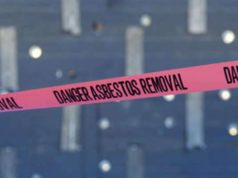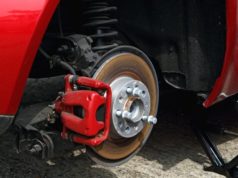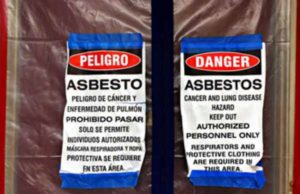
The Washington Department of Ecology, the Department of Labor and Industries, as well as the Department of Health all play a role in Washington asbestos abatement procedure. The focus of Washington asbestos abatement procedure is to ensure that the accidental release of asbestos fibers does not occur and that materials are abated properly so as to avoid potential harm to workers and those near the structure.
Notification requirements
Notification is required for most projects involving friable and other forms of asbestos. For all demolitions, you will need to file notification with their local air quality authority. The Department of Ecology will help you facilitate the filing of the Notice of Intent to Perform an Asbestos Project depending on the area of Washington the project is located. Consult the website for information on the specific agency to file for notification and receive the permit for the project.
You may apply for a blanket notification that will cover multiple projects over an extended period of time at one site only. Blanket provisions require that asbestos abatement be occurring every day when the permit is in effect.
Licensing
Only those certified by the Department of Labor and Industries may perform Washington asbestos abatement. Individuals are certified by completing courses accredited by the state. These courses will cover appropriate asbestos abatement procedures and worker safety, in accordance to federal workplace safety rules.
Friable vs non-friable asbestos
Friable asbestos is dangerous and must be removed from all structures. Friable asbestos breaks into smaller microfibers with minimal contact and is extremely easy to become airborne. Once airborne, the fibers will be inhaled and long term exposure will cause respiratory illness and eventual cancers of the lungs.
Non-friable asbestos generally contains the friable asbestos either in an indurate mixture or sealed within lawyers of materials that will not release fibers. This is typically found in old siding and roofing tiles. These materials generally remain in a renovation unless they directly interfere with the project. In demolitions, they are removed. Some non-friable material may be disposed of as construction waste, but materials that crumble, such as concrete, will be treated the same as friable asbestos material.
RACMs
RACMs describe all friable materials containing at least 1% asbestos by weight will be considered an asbestos containing material. Some materials may be as high as 50% and a professional with the appropriate equipment should be the only professional to perform Washington asbestos abatement procedure. Friable asbestos will be abated in a negative pressure environment that circulates the air four times within an enclosure through a fine media filter. Asbestos particles are hard, if not impossible to see and this ensures that the air will not be contaminated after the project is completed. The enclosure and equipment used in the abatement is generally disposed or sterilized.
Disposal
All dangerous waste are subject to the Washington asbestos abatement procedure that requires wastes to be sealed, labeled and transported in accordance with state laws. friable asbestos must be wet and double bagged to prevent fibers from escaping.




























